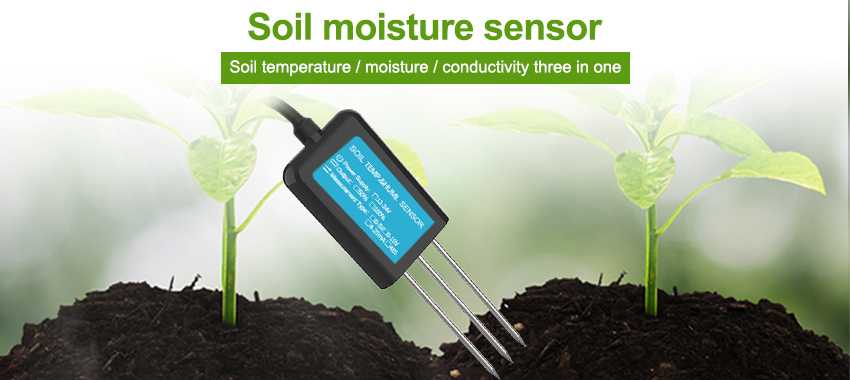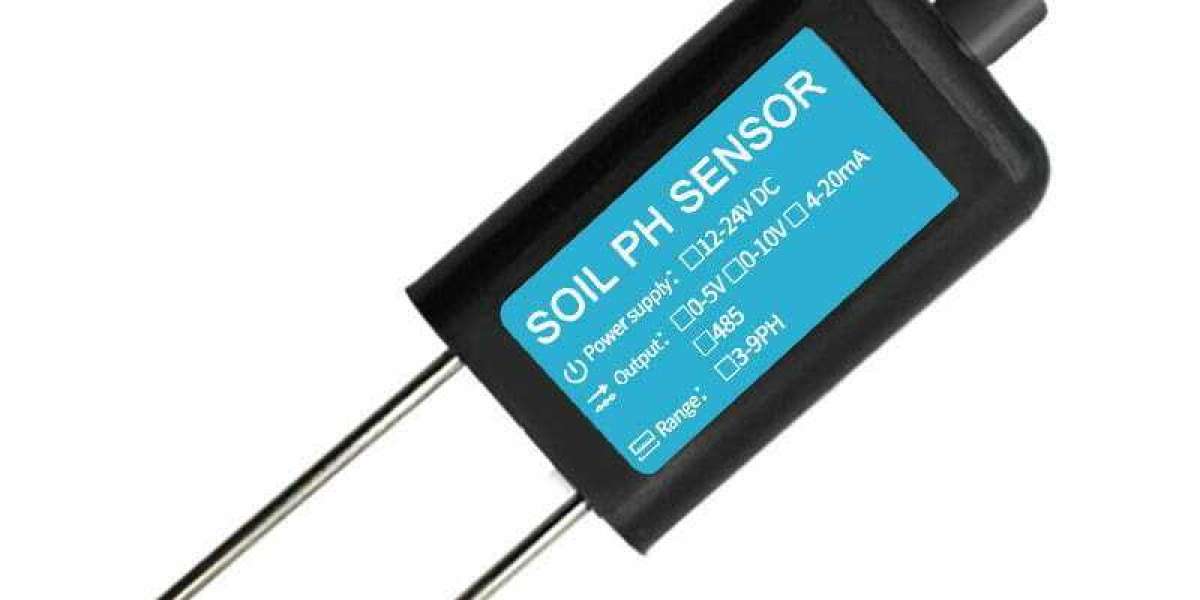Introduction:
Agriculture plays a vital role in feeding the growing global population. However, to meet the increasing demand for food, it is crucial to optimize agricultural productivity while minimizing resource wastage. One key technology that has revolutionized modern farming practices is the use of soil sensors. These innovative devices provide accurate and real-time data on soil conditions, enabling farmers to make informed decisions and maximize agricultural productivity. In this article, we will explore the benefits and applications of soil sensors, highlighting how they can optimize crop management and contribute to sustainable agriculture.

Understanding Soil Health:
Healthy soil is the foundation of successful crop production. Soil sensors play a crucial role in monitoring and assessing soil health parameters such as pH levels, nutrient content, moisture levels, and organic matter. By continuously measuring these factors, farmers can gain valuable insights into the overall health and fertility of their soil. This information allows them to adjust their cultivation practices, such as nutrient application rates or irrigation schedules, to ensure optimal soil conditions for plant growth.
Precision Irrigation Management:
Water scarcity is a significant challenge in agriculture, making efficient water management essential. Soil sensors provide real-time data on soil moisture levels, allowing farmers to implement precision irrigation practices. By integrating soil sensors with an irrigation system, farmers can monitor soil moisture levels at different depths and adjust irrigation accordingly. This precision approach minimizes water wastage, prevents over-watering or under-watering, and ensures that crops receive the right amount of moisture for optimal growth. As a result, water resources are conserved, and crop yield and quality are improved.
Nutrient Management:
Proper nutrient management is critical for crop growth and productivity. Soil sensors enable farmers to monitor essential nutrients, such as nitrogen, phosphorus, and potassium, in the soil. By regularly measuring nutrient levels, farmers can precisely tailor fertilizer application rates and timing. This precision approach minimizes nutrient losses, reduces environmental pollution, and improves nutrient use efficiency. Soil sensors also help identify nutrient deficiencies or imbalances, allowing farmers to address these issues promptly and prevent yield losses.
Disease and Pest Management:
Soil conditions significantly influence the spread and development of plant diseases and pests. Soil sensors provide valuable data on temperature, moisture, and other factors that affect disease and pest activity. By monitoring these parameters, farmers can anticipate disease outbreaks or pest infestations and take timely preventive measures. For example, soil sensors can detect optimal conditions for fungal growth or soil-borne pests, allowing farmers to apply targeted treatments or implement crop rotation strategies. This proactive approach minimizes crop damage, reduces reliance on chemical pesticides, and promotes sustainable pest management practices.
Climate Change Adaptation:
Climate change poses significant challenges to agriculture, including unpredictable weather patterns, increased frequency of extreme events, and shifting growing seasons. Soil sensors play a crucial role in helping farmers adapt to these changes. By continuously monitoring soil conditions, including temperature and moisture, farmers can adjust their planting schedules, select suitable crop varieties, and modify irrigation practices to align with changing climate patterns. Soil sensors also contribute to long-term climate resilience by enabling farmers to track soil moisture trends, predict drought conditions, and implement water-saving strategies.
Conclusion:
Soil sensors are valuable tools for optimizing agricultural productivity and promoting sustainable farming practices. By providing real-time data on soil health, moisture levels, nutrient content, and other critical factors, soil sensors empower farmers to make informed decisions regarding irrigation management, nutrient application, disease and pest control, and climate adaptation. By utilizing soil sensors, farmers can maximize crop yields, reduce resource wastage, minimize environmental impacts, and contribute to global food security. Embracing this technology is a crucial step towards sustainable and efficient agriculture in the face of a changing world.







